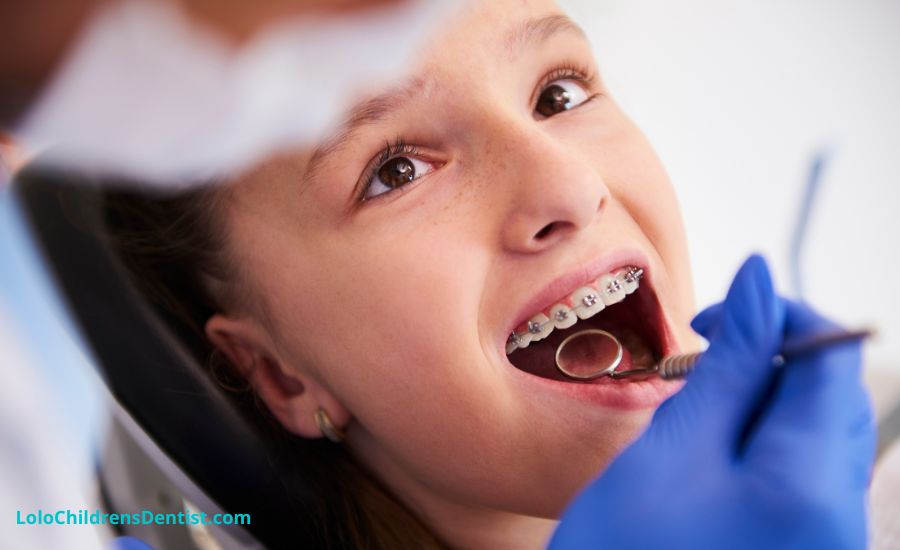Why Would My Child Need Braces?
Braces (orthodontics) are commonly recommended for children with crooked teeth, misaligned jaws, or bite issues. These problems can not only cause difficulty with chewing and cleaning teeth but can also affect a child’s confidence. Addressing these issues early can improve a child’s self-esteem and prevent further dental complications.
For example, an underbite, where the lower jaw protrudes beyond the upper jaw, can cause discomfort, difficulty eating, and embarrassment about one’s appearance. Braces can help by expanding the jaw to correct this misalignment. Similarly, an overbite—when the upper teeth overlap the lower teeth too much—can lead to tooth wear, discomfort, and chewing problems.

Another issue that can arise is a crossbite, which occurs when some of the upper teeth fall inside the lower teeth, leading to difficulties with biting, headaches, and muscle pain. If left untreated, it can affect facial structure. Additionally, overcrowding happens when the mouth doesn’t have enough space for all the teeth, sometimes necessitating tooth extractions or jaw expansion with braces.
Dentists also monitor abnormal tooth wear, which can result from misalignment. While some tooth wear is natural from chewing, severe misalignments can cause teeth to deteriorate faster, leading to cavities and decay.
If you notice your child frequently breathes through their mouth, it could be another sign that braces may be needed. Mouth breathing can lead to improper tongue positioning, which can affect jaw development over time.
Early loss of baby teeth can also cause misalignment. Without proper spacing, adult teeth may not come in correctly. Additionally, habits like thumb-sucking or prolonged pacifier use can lead to dental problems that may require braces.




